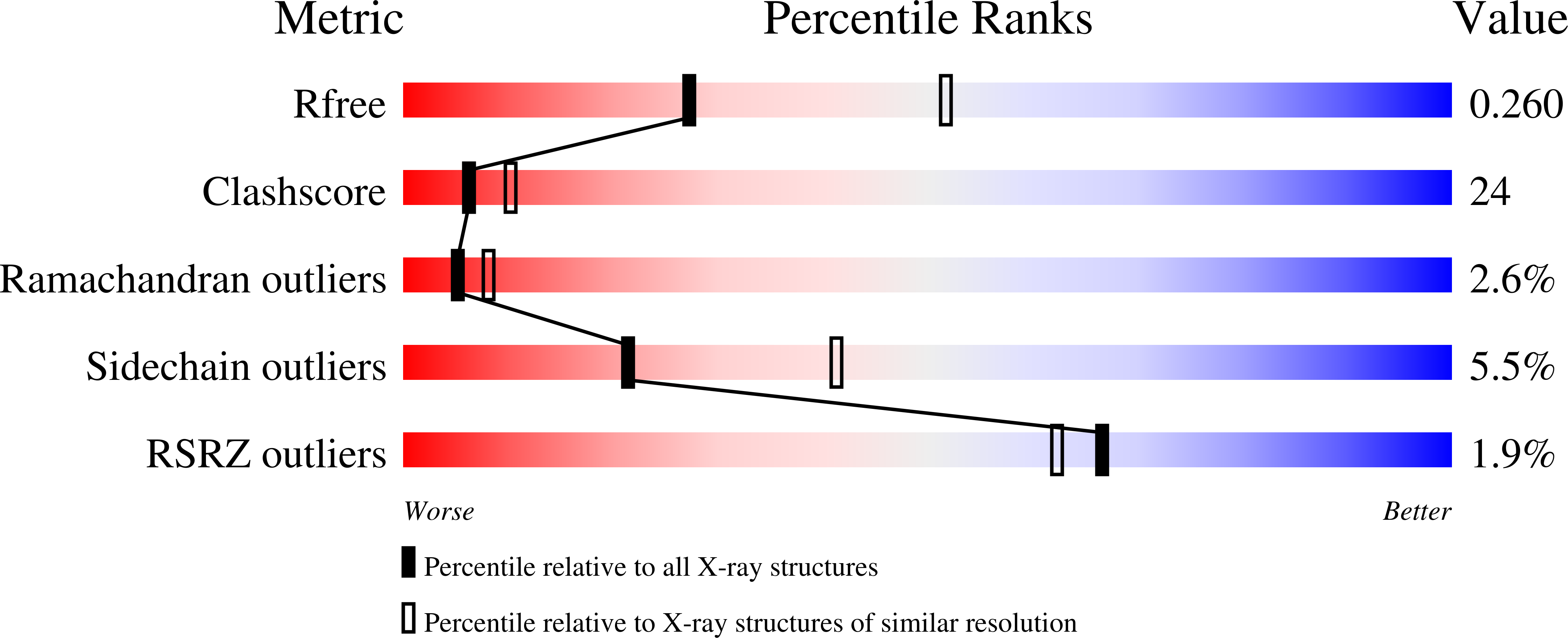
Deposition Date
2003-04-04
Release Date
2004-04-13
Last Version Date
2024-10-30
Entry Detail
PDB ID:
1OYH
Keywords:
Title:
Crystal Structure of P13 Alanine Variant of Antithrombin
Biological Source:
Source Organism:
Homo sapiens (Taxon ID: 9606)
Host Organism:
Method Details:
Experimental Method:
Resolution:
2.62 Å
R-Value Free:
0.25
R-Value Work:
0.22
Space Group:
P 1 21 1


